VLF Detectors For Gold Detection
VLF Detectors For Gold Detection
Whether you’re looking for gold deposits or ancient gold coins left by a forgotten civilization that may have lived in your area, an efficient VLF detector can go a long way.
It’s always a good idea to start with some basics on VLF. That way, you have some ground to start working with, especially if you’re in the market for one.
VLF is an abbreviation for Very Low Frequency. It refers to the frequency of single-frequency sine waves transmitted at high-pitched audio frequencies. In metal detecting “low” is between 3 kHz and 30 kHz.
VLF are usually better for finding gold in most conditions. Pulse Induction (PI) work a little better in highly mineralized soil and saltwater.
Where Are the Best Places to Find Gold?
Experts recommend hillsides. Hillsides will yield a better result when it comes to finding gold. Another reason why hillsides are so great is that if you find the source of the gold deposit, you can find the veins.
The veins tend to have more extensive gold deposits. The larger the deposit, the easier it is to find the gold. Unfortunately, gold is a scarce mineral. Not only that, but you will find it in much smaller deposits compared to other minerals like metal.
Before getting into the best VLF for gold, it’s essential to understand a couple of things about VLF detectors.
Manufacturers make metal detectors to find gold; pretty much all of them can do that. The answer to this concern lies in the different sensitivity levels that every single VLF detector has. Experts recommend getting a VLF detector that has a high sensitivity level.
Experts recommend an operating frequency of between 13 kHz to 19 kHz. It’s the minimum frequency level for detecting gold and anything higher is another excellent prospect.
Experts also recommend a VLF detectors with manual ground balancing. This feature is crucial if you want to drown out ground noise while in use. It’s a bit complex, and so some users prefer an automated ground balancing system.
An elliptical search coil about 10 inches in length by about 6 inches wide is the optimal size for a search coil.
A couple things to consider when looking for a metal detector are:
Weight, swinging a detector all day can be tiring.
Durability, having a metal detector that is FULLY waterproof is a sign of durability.
Warranty, quality and confidence come with a nice long warranty.
Here are a couple of tips and tricks to aid in your gold detecting:
- Gold is scarce. You can spend an entire day in an area known for having gold, without any gold to report at the end of the day. Experts recommend carrying a strong magnet. If you end up finding other minerals, you can use the strong magnet to check whether it’s gold. How? The magnet will not attract gold, whereas the magnet will attract other minerals like iron, magnetite hot rocks, negative hot rocks, positive hot rocks, and meteorites.
- Another tip is that your VFL detectors may not be lying to you, and it’s not broken. You can find gold on top of hot rocks. If you find something, use the magnet to draw out the hot rocks and check for any gold on the hot rock.
- Ensure that you move the search coil slowly and carefully over the surface. It should also be at a specific height that you can capture stronger signals.
- If you hear ground noise while searching for gold nuggets, conduct the ground balancing procedure one more time. Ensure that you note the ground changes as you move and keep tabs on the ground balance.
- In the case of gold prospecting, experts do not recommend multiple simultaneous frequencies.
A good quality metal detector will find gold nuggets as deep as 3 to 5 inches. The size of the gold, the sensitivity of your metal detector all factor into your success. A good VLF unit should be capable of detecting approximately the width of the coil. If your looking for more info on detecting deeper.

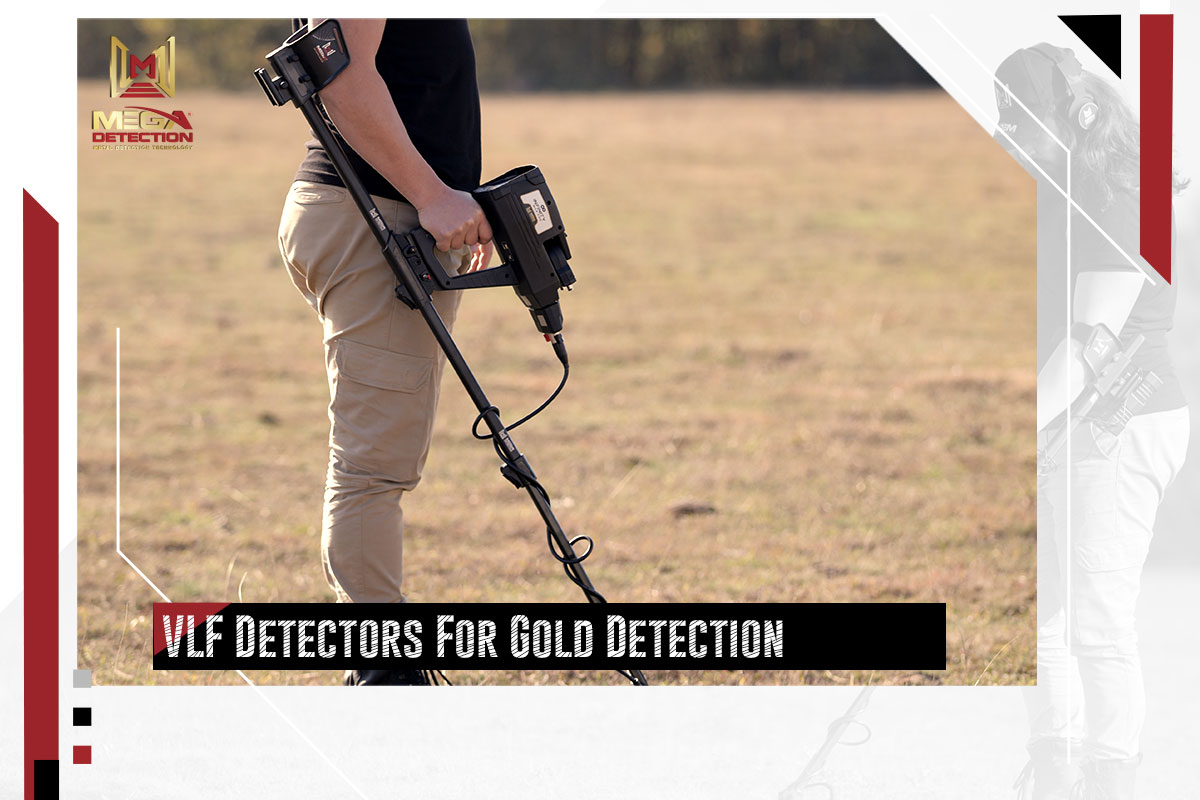
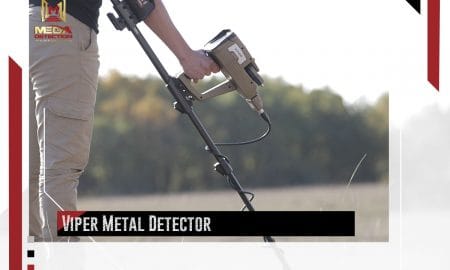


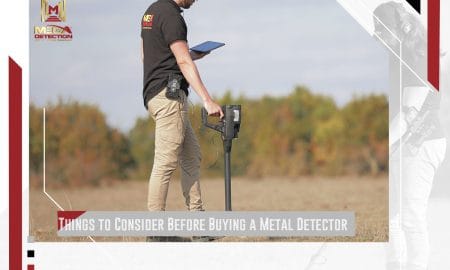

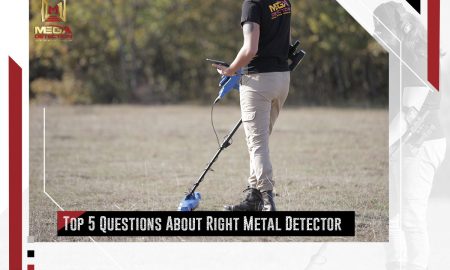

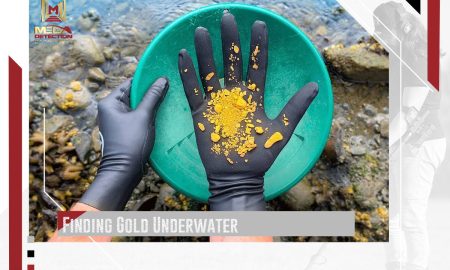
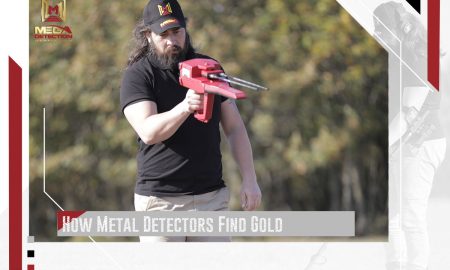

Leave a Reply